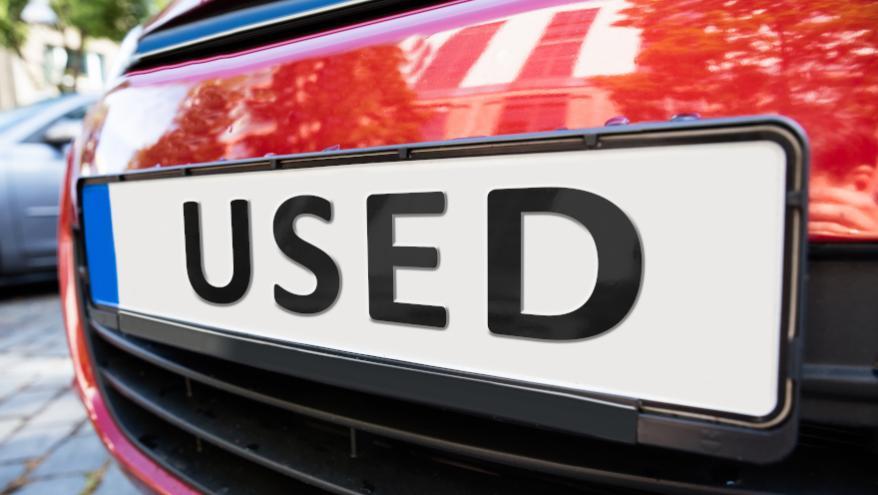Used-car sales have ‘bit more gas in tank’

The used-car market this month may turn out better than expected, according to the latest COVID-19 Auto Market Update from Cox Automotive.
In the video report released Tuesday, Cox Automotive chief economist Jonathan Smoke said that, “We do know that inventory is a problem, particularly in the new market, but judging by the activity so far in July, it looks like the used market has a bit more gas in the tank to deliver a more solid July than we initially thought.”
For the week ending July 12, used-car sales were up an estimated 4.2% year-over-year on a same-store basis, with new-car sales down 24.6%, showing that “the recovery gained momentum last week in used sales, but not new,” Smoke said.
He did note that the last two weeks have a bit tricky to weigh, given year-over-year movement during Independence Day weekend.
As far as inventory levels, the latest Cox Automotive data shows active new-car inventory at about 2.5 million units, compared to a level north of 3 million at this point last year.
In addition to new-car inventory downturn, “Used supply has also been declining rapidly,” Smoke said.
“Normally, retail supply is about 45 days. It remains low at 34 as of this weekend. But it has increased recently,” he said. “Wholesale supply is normally 23, and it was down to 25 days this weekend. “
Similarly, in Black Book’s weekly COVID-19 Market Update, analysts addressed the inventory challenges seen in both new and used.
“Inventory, inventory, inventory — that is the topic every dealer is talking about right now. Whether they are concerned about new or used, inventory concerns are top of mind,” Black Book said in the report. “For most, concerns revolve around the lack of new inventory, and for others, it is the price they are having to pay to purchase used inventory.”
Analysts added: “Smaller dealers are struggling to secure inventory as they are having to bid against the larger players with deeper pockets, like CarMax, Carvana, and the larger franchised dealers.
“The dealers that can finance in-house are making their money on the financing, but the smaller outfits that rely on cash or outside financing are having a harder time making money,” Black Book said. “The margin between wholesale and retail has narrowed significantly, and smaller players are very hesitant to load up on inventory at these high prices for fear the market will turn.”
Another illustration of this trend can be found in a data dashboard provided on the KAR Global website.
On the most recent displayed on the graph (Saturday), used sales were up 18.4%, while used listings were down 3.5%. Though there have been a couple of points where the two measures were moving at equal paces, the changes in sales have largely remained ahead of changes in listings since mid-April.
“Sales and new listings typically track each other. Think of this as a stable replacement rate,” KAR explained on the dashboard site. “When sales exceed new retail used listings, dealer lots are shrinking. Conversely, when new retail used listings exceed sales, dealers are building inventory.”
Lastly, to close with another interesting sign for used, the year-over-year decline in Dealertrack unique credit applications slowed to 5% last week, according to Cox Automotive data, and this improvement, Smoke said, “was mainly being driven by improving trends in the used market.”

 View The Latest Edition
View The Latest Edition

